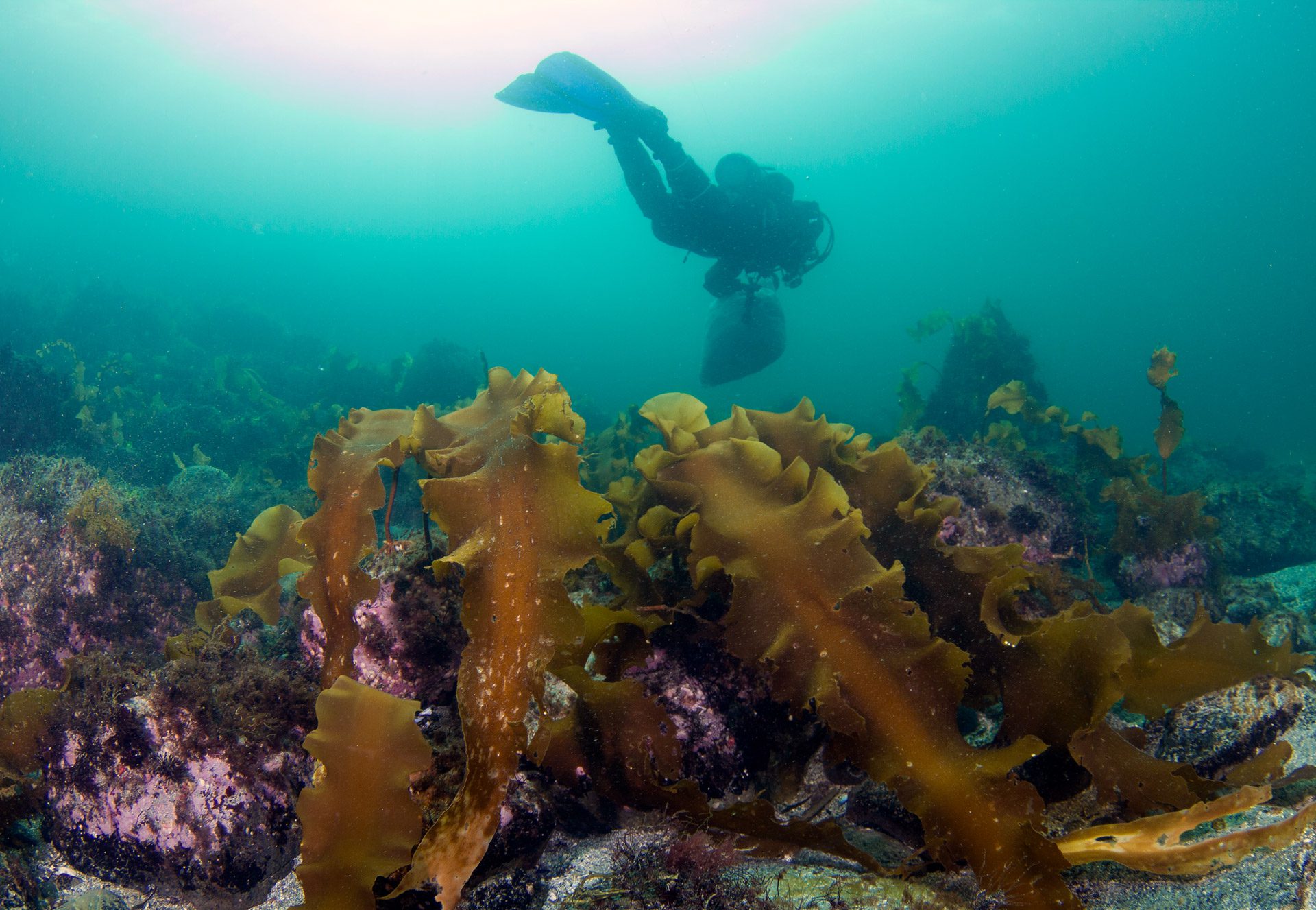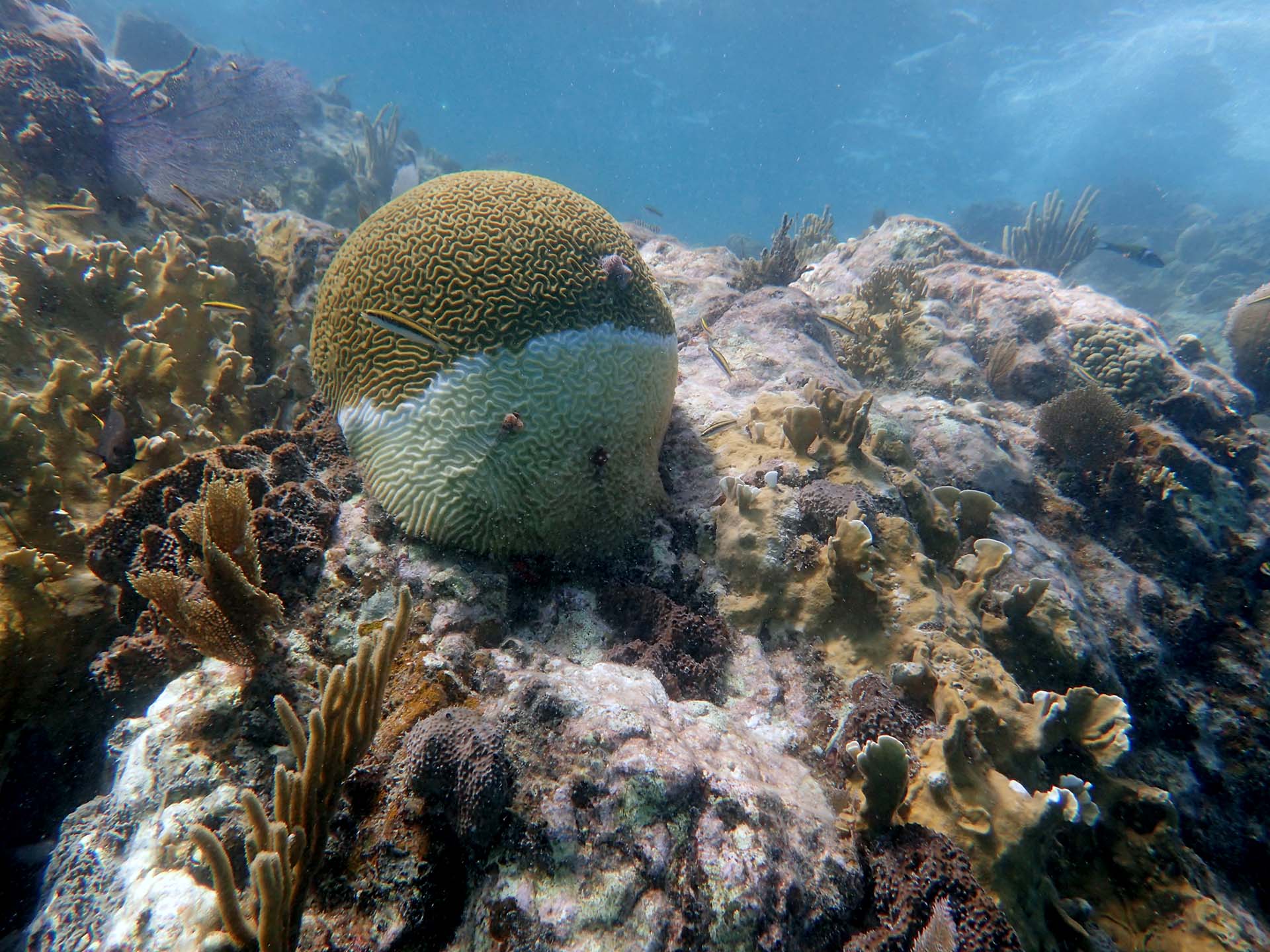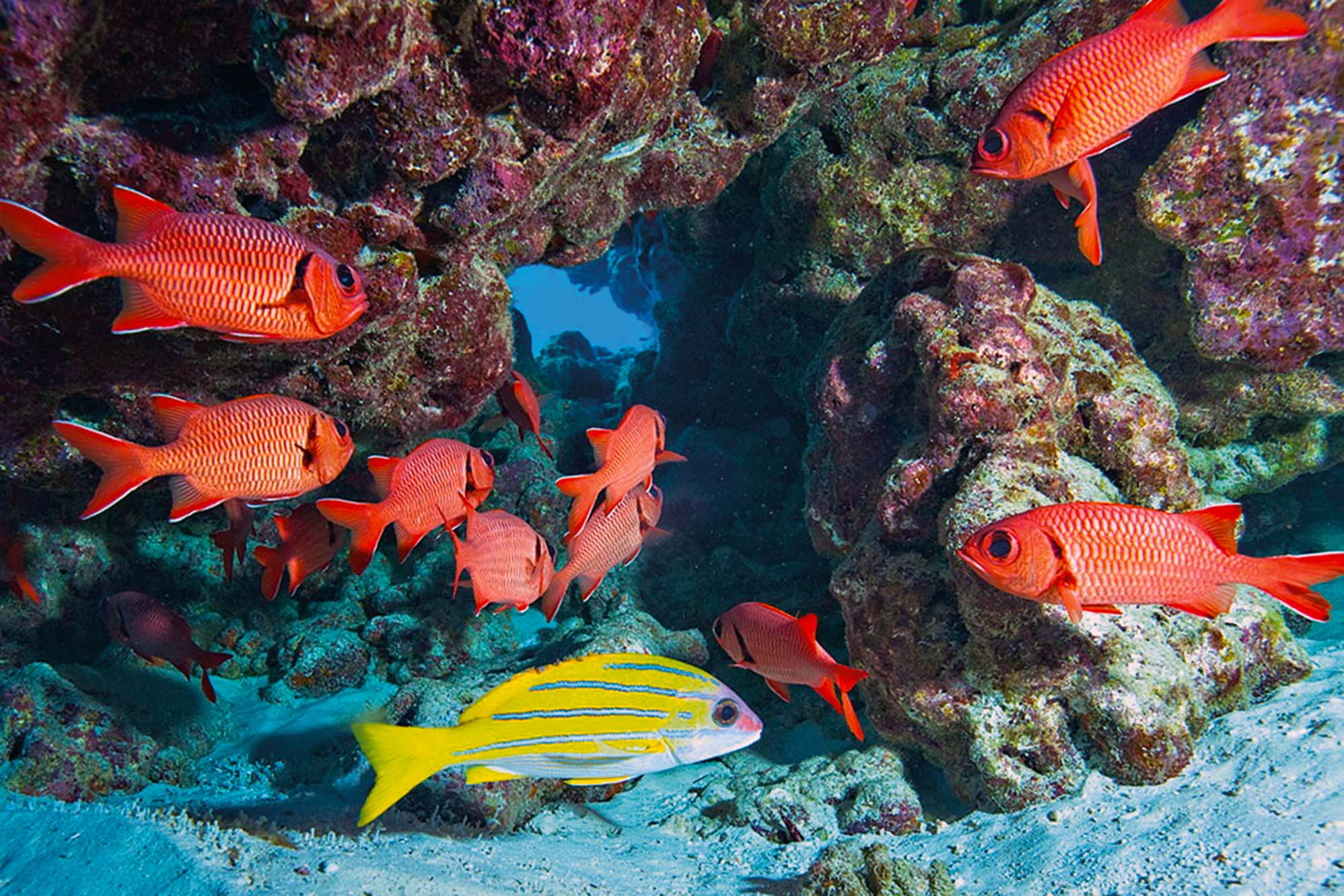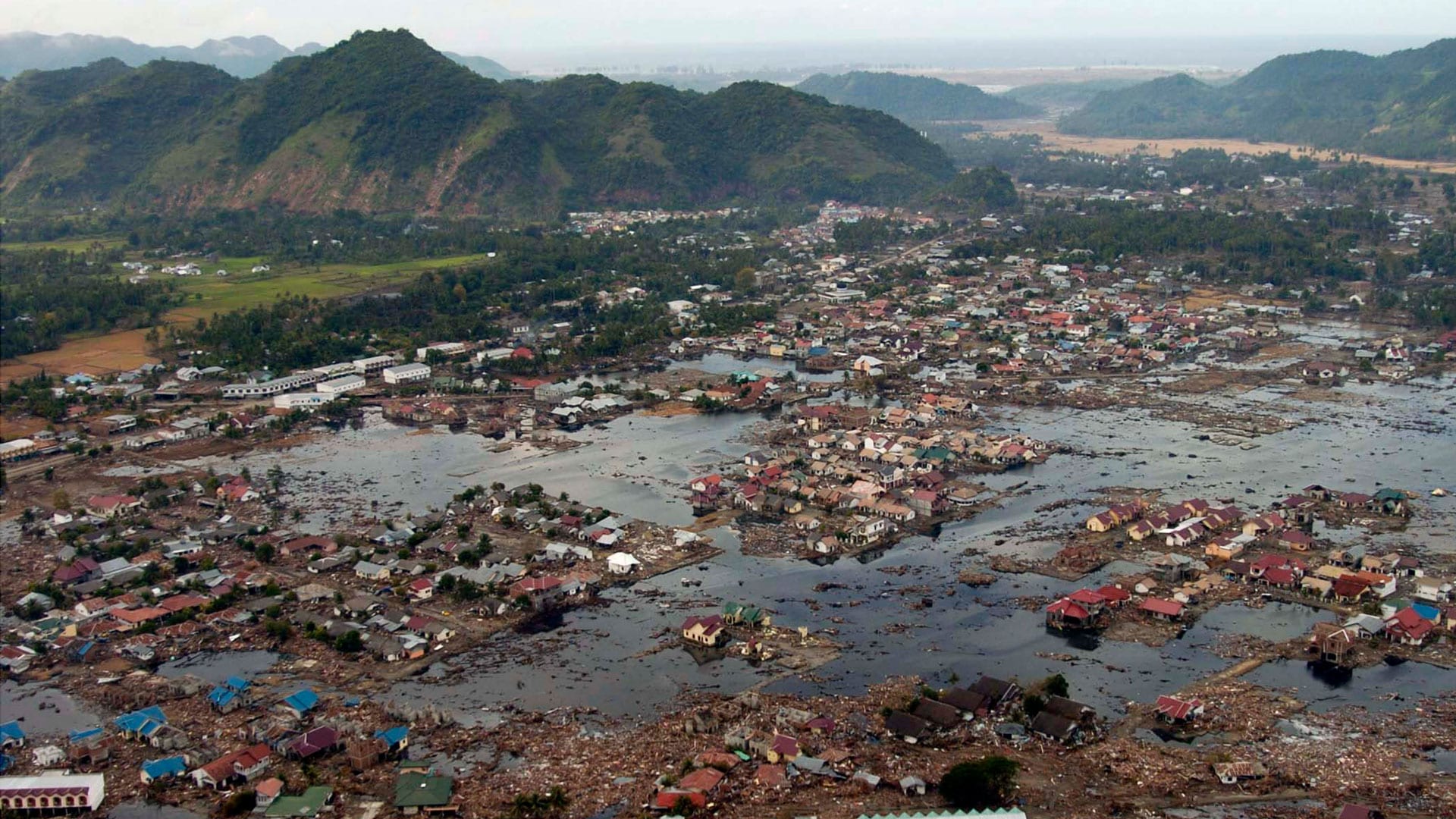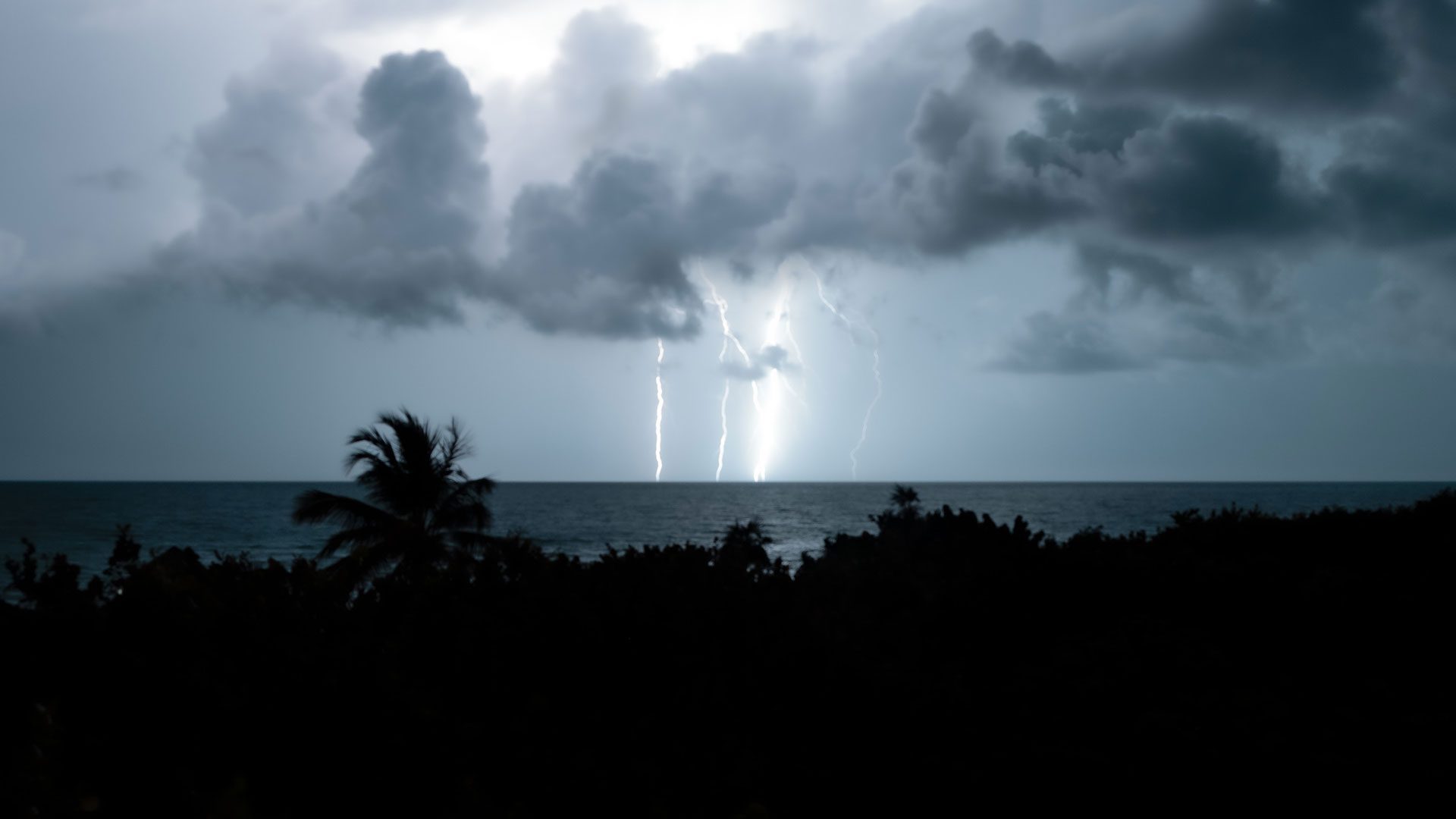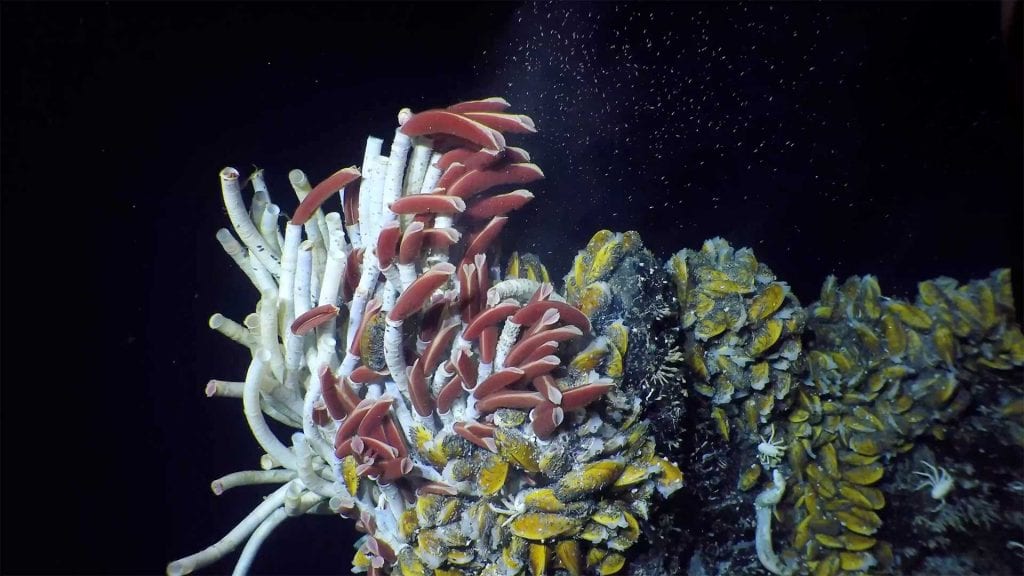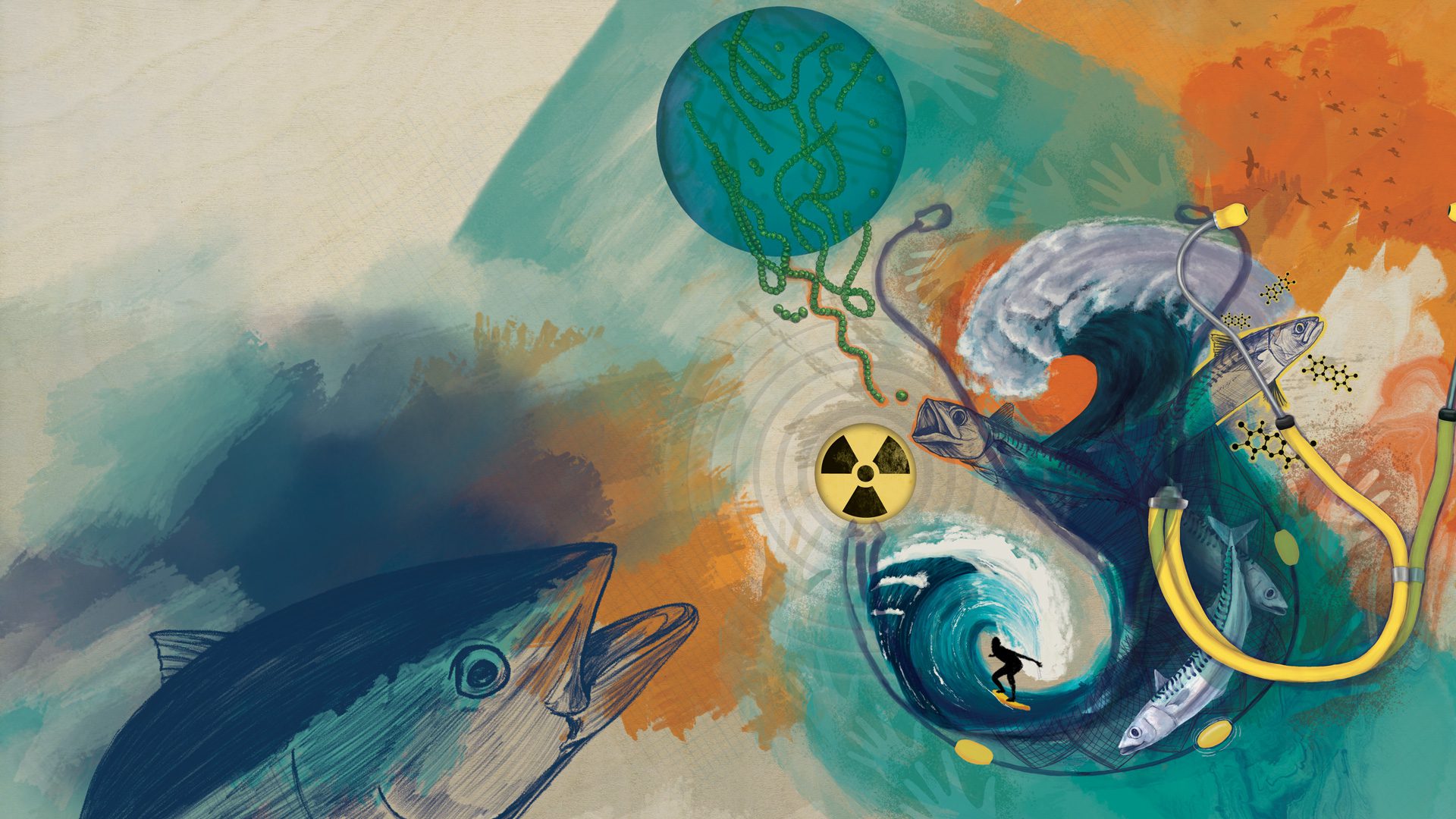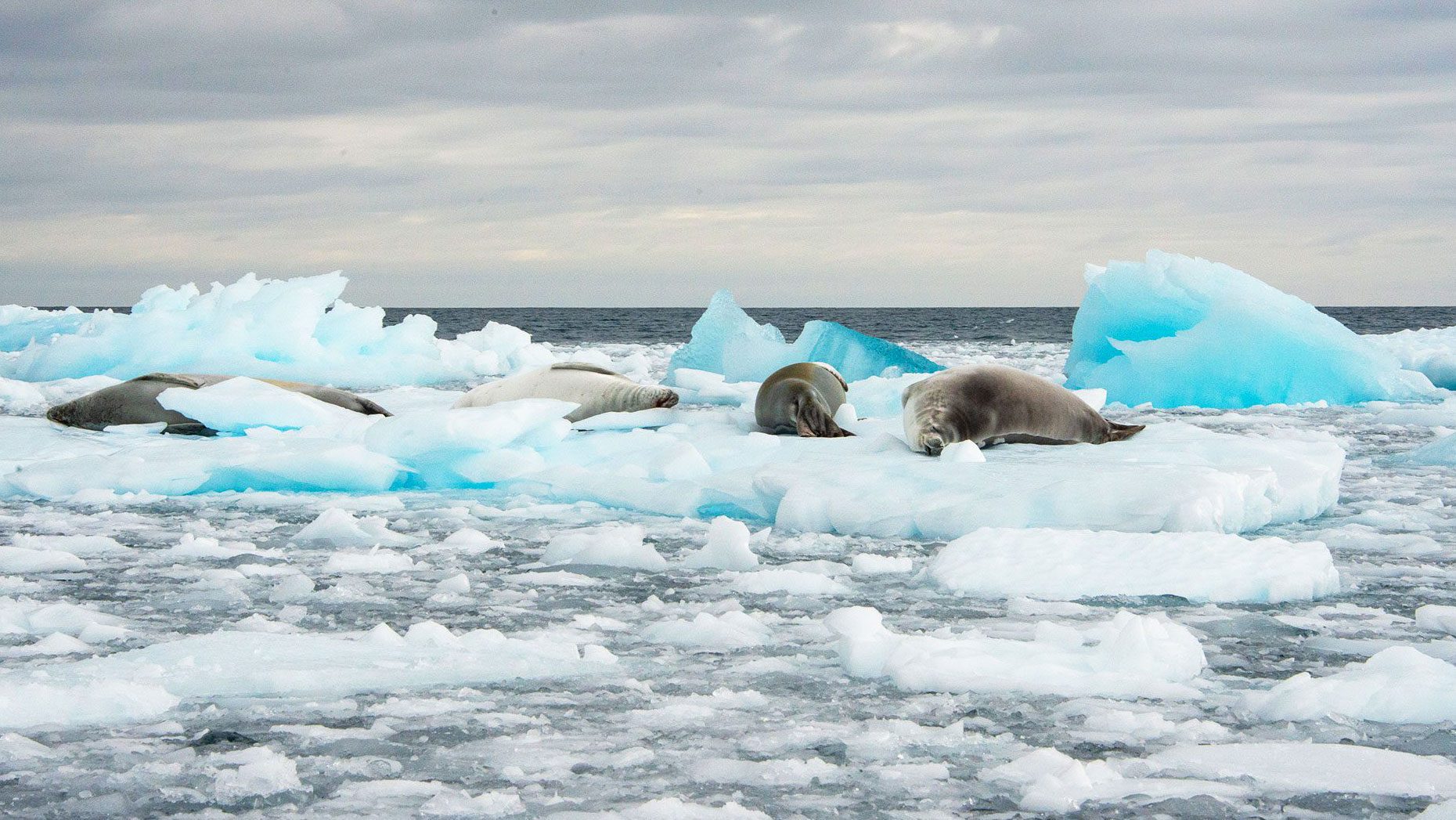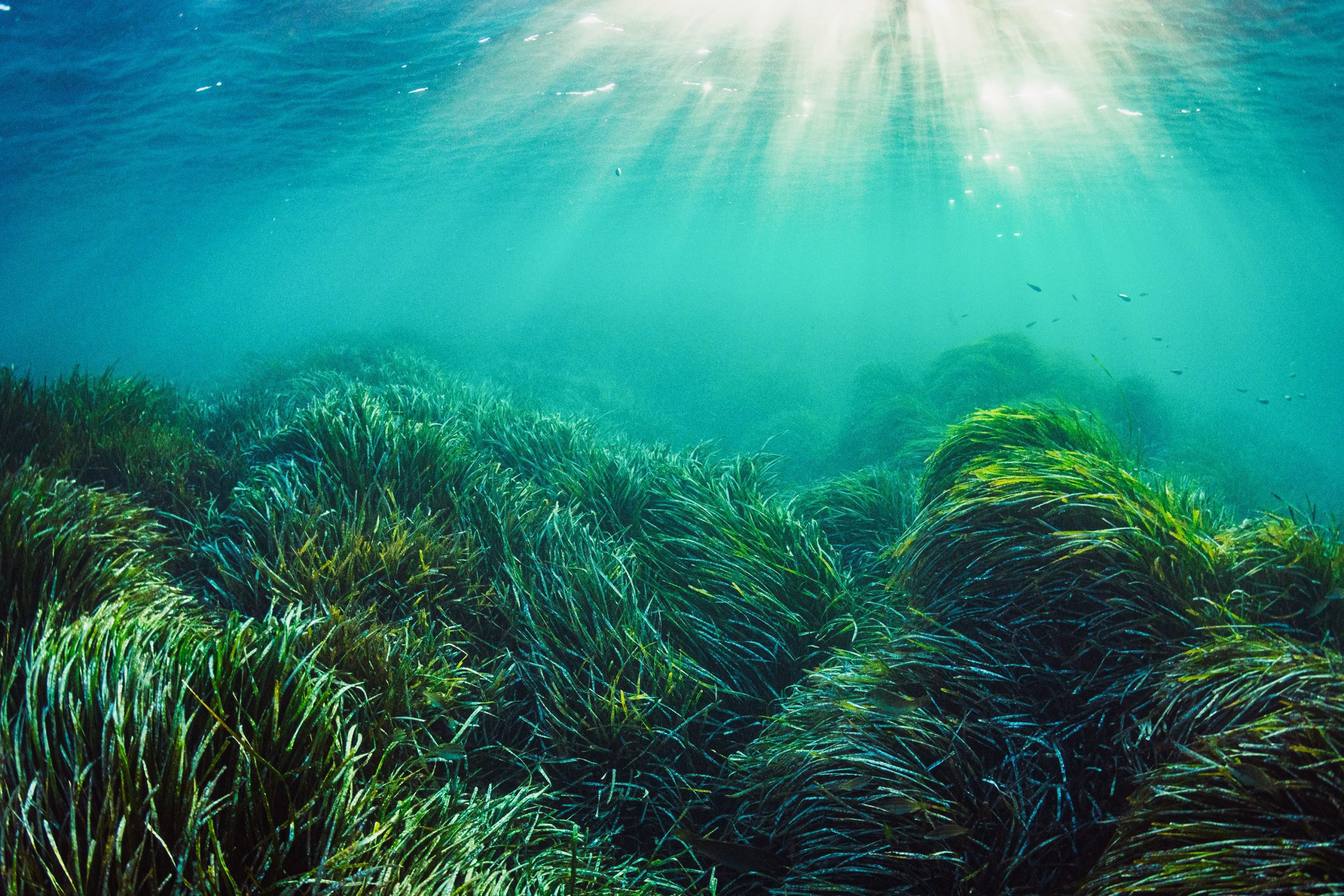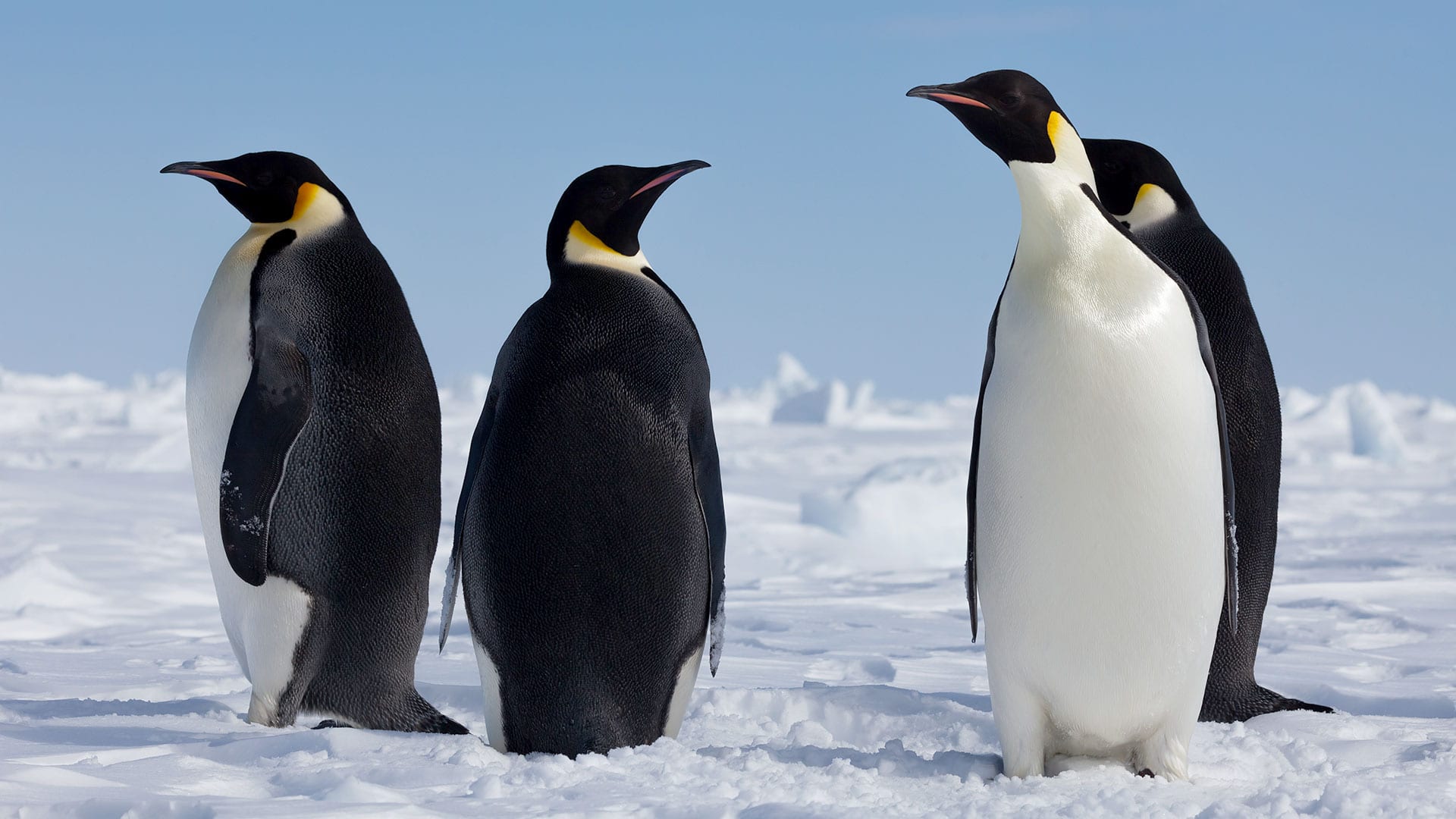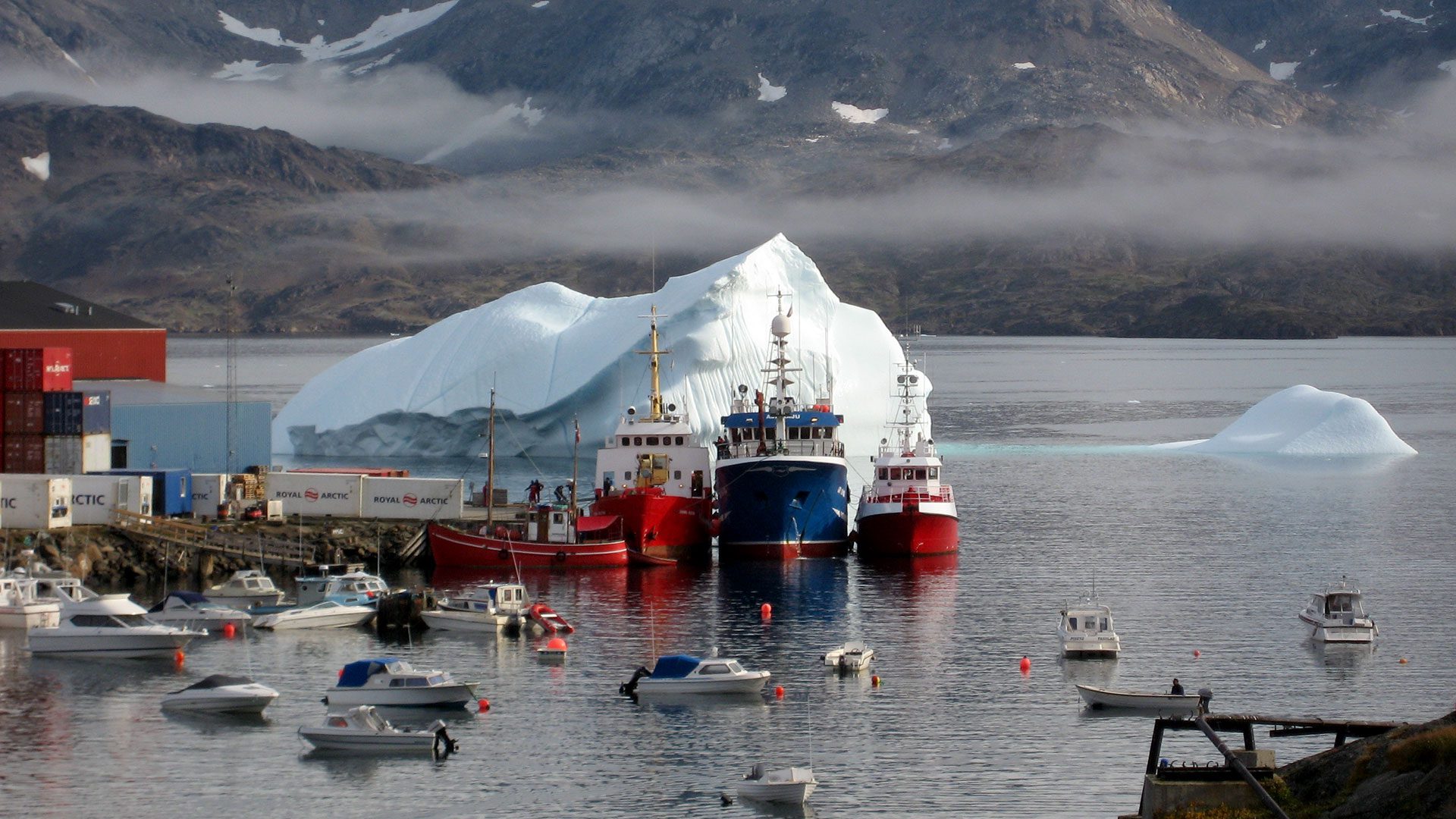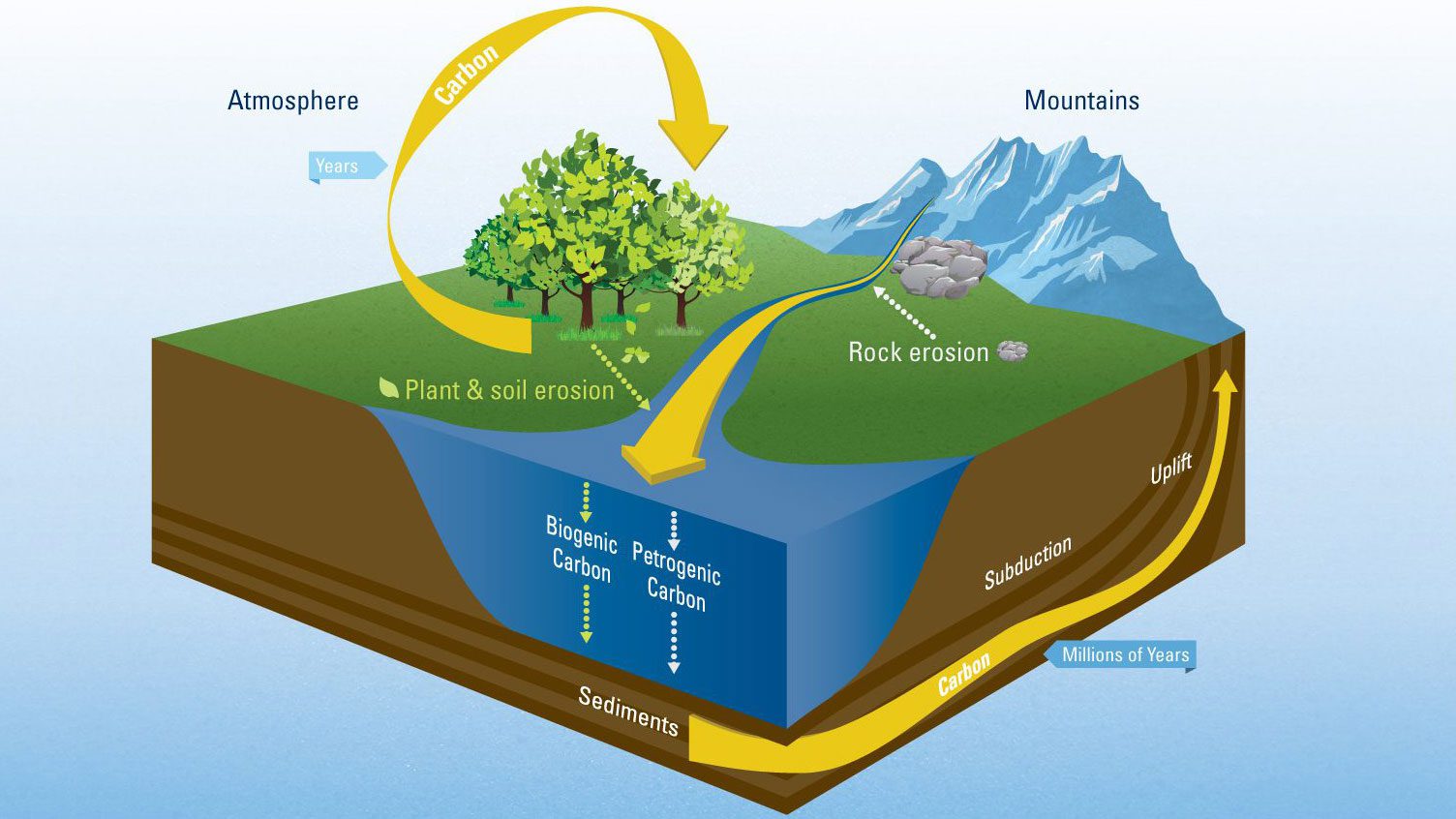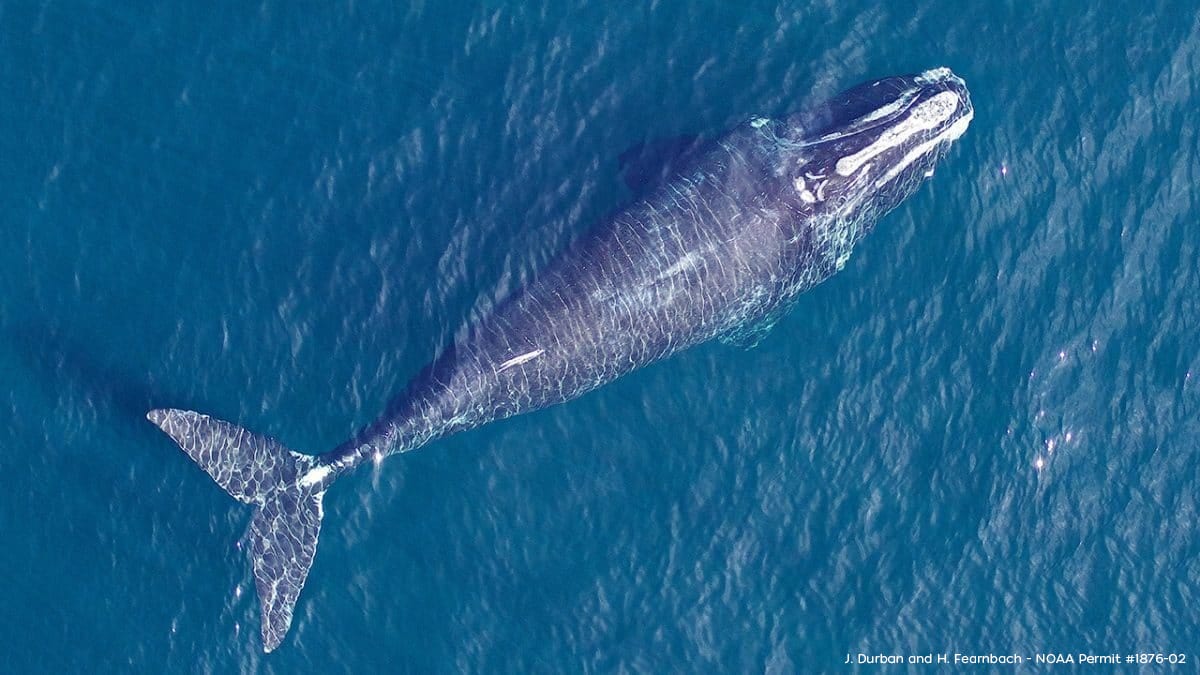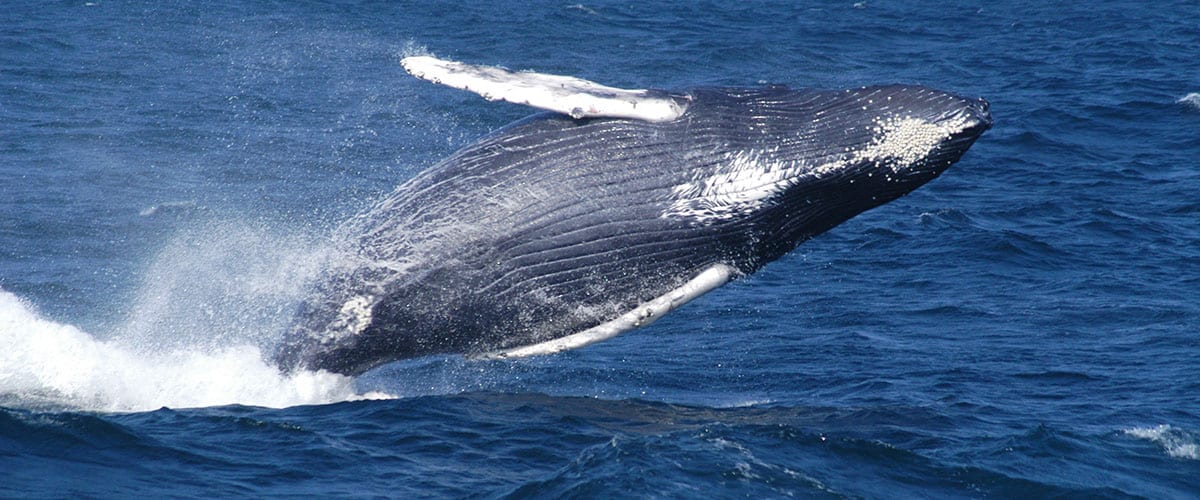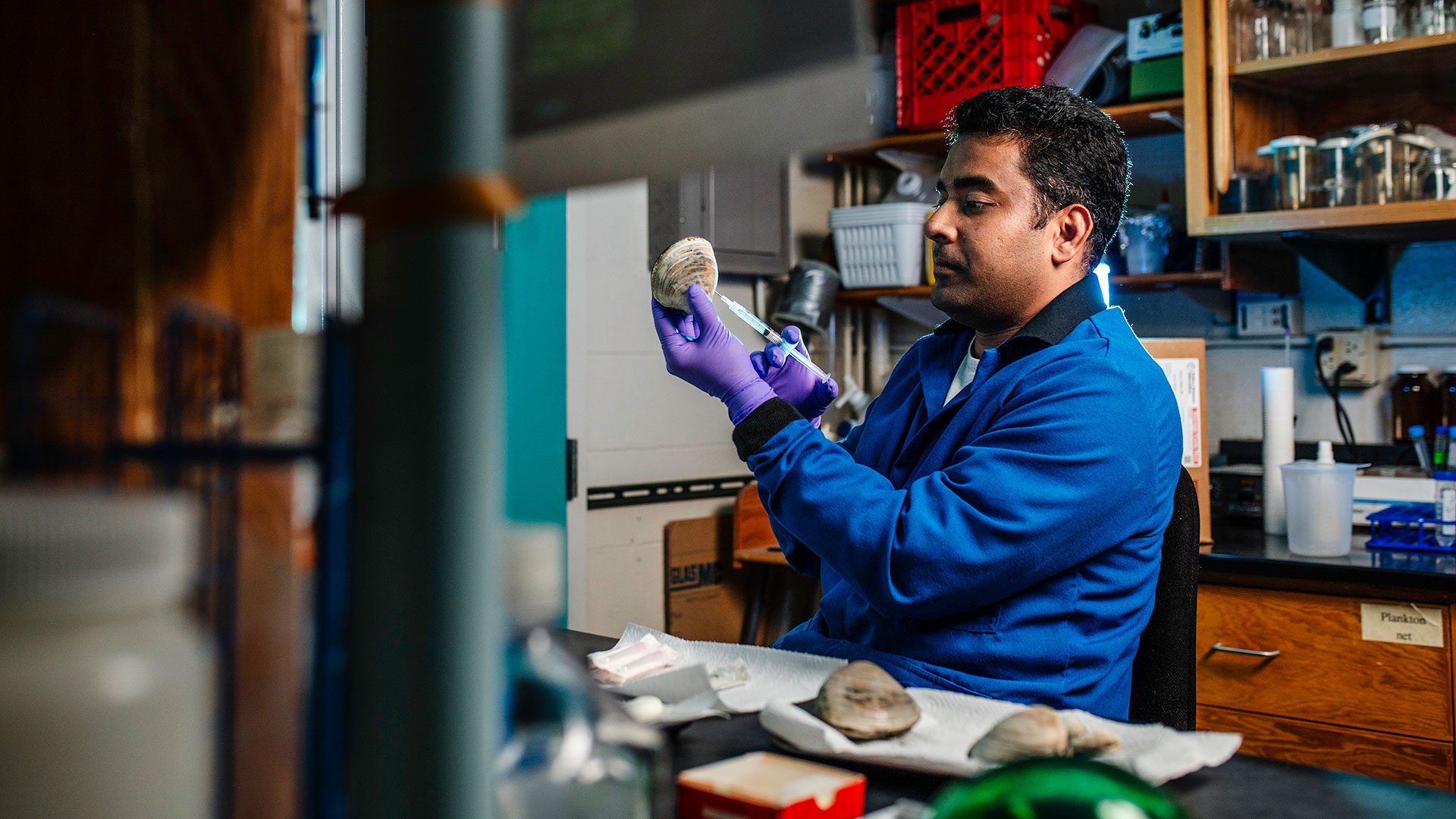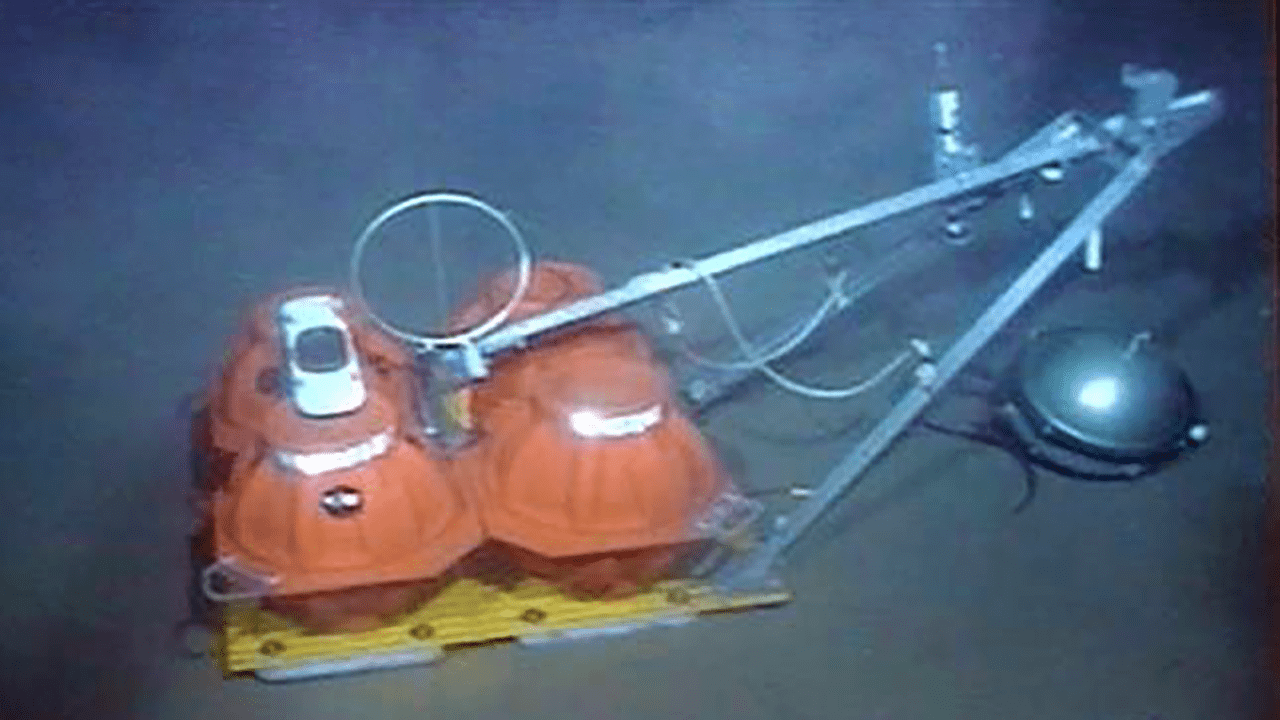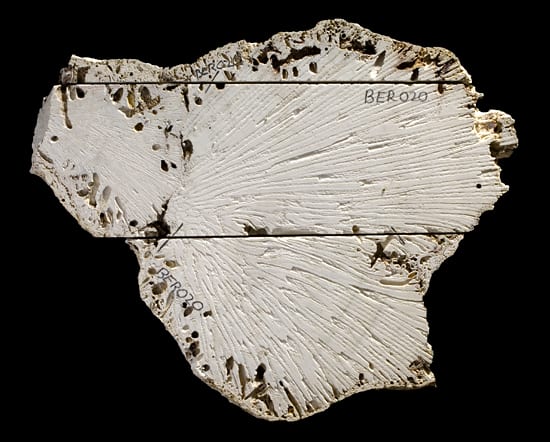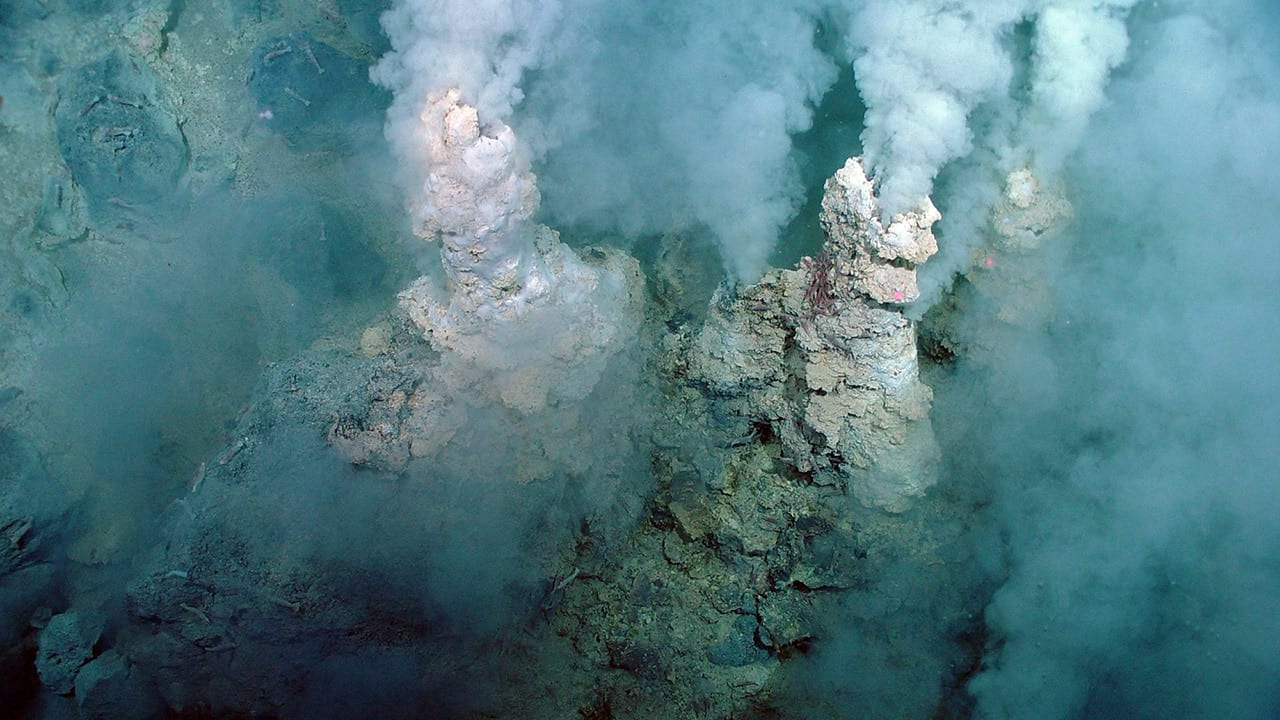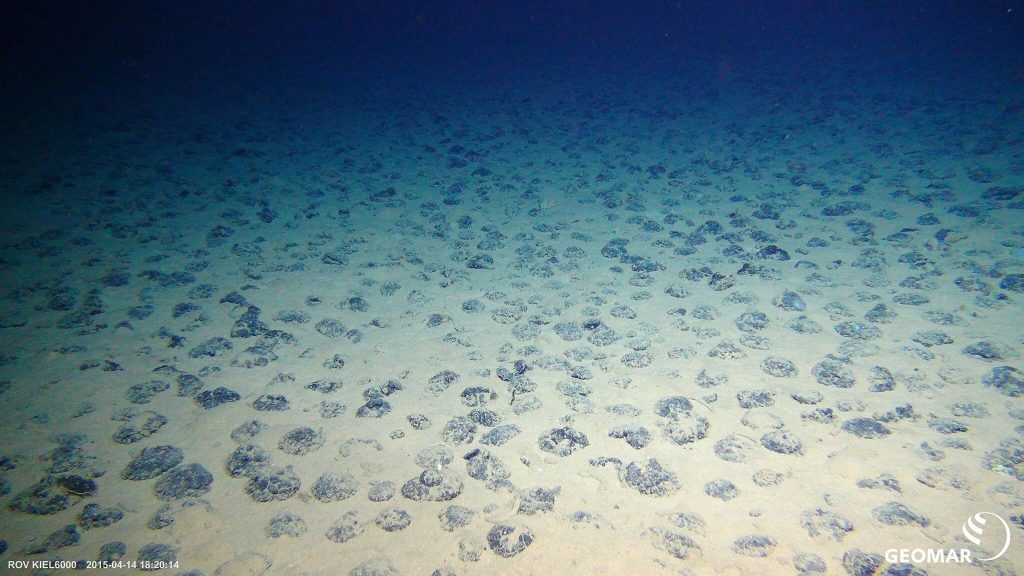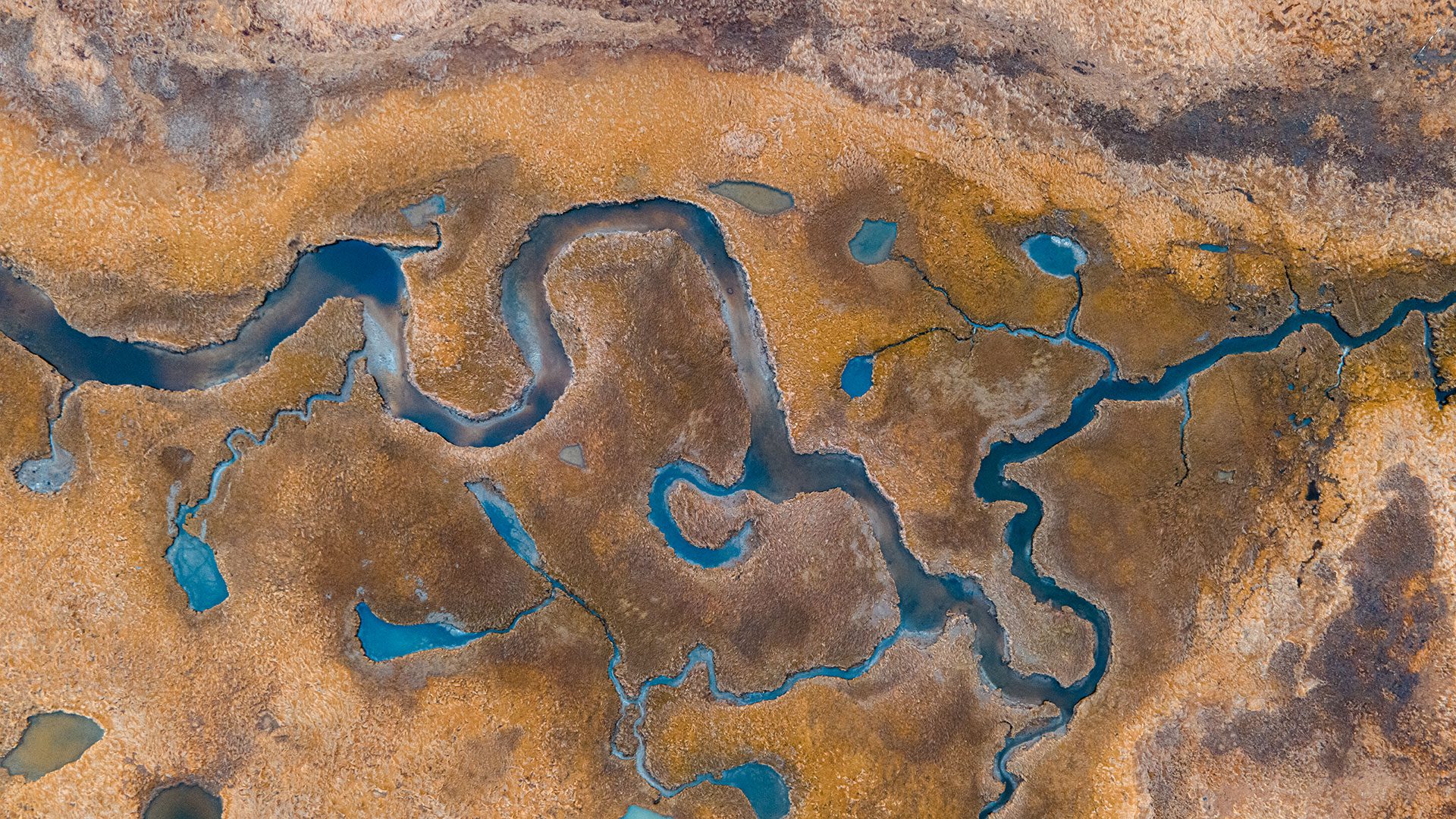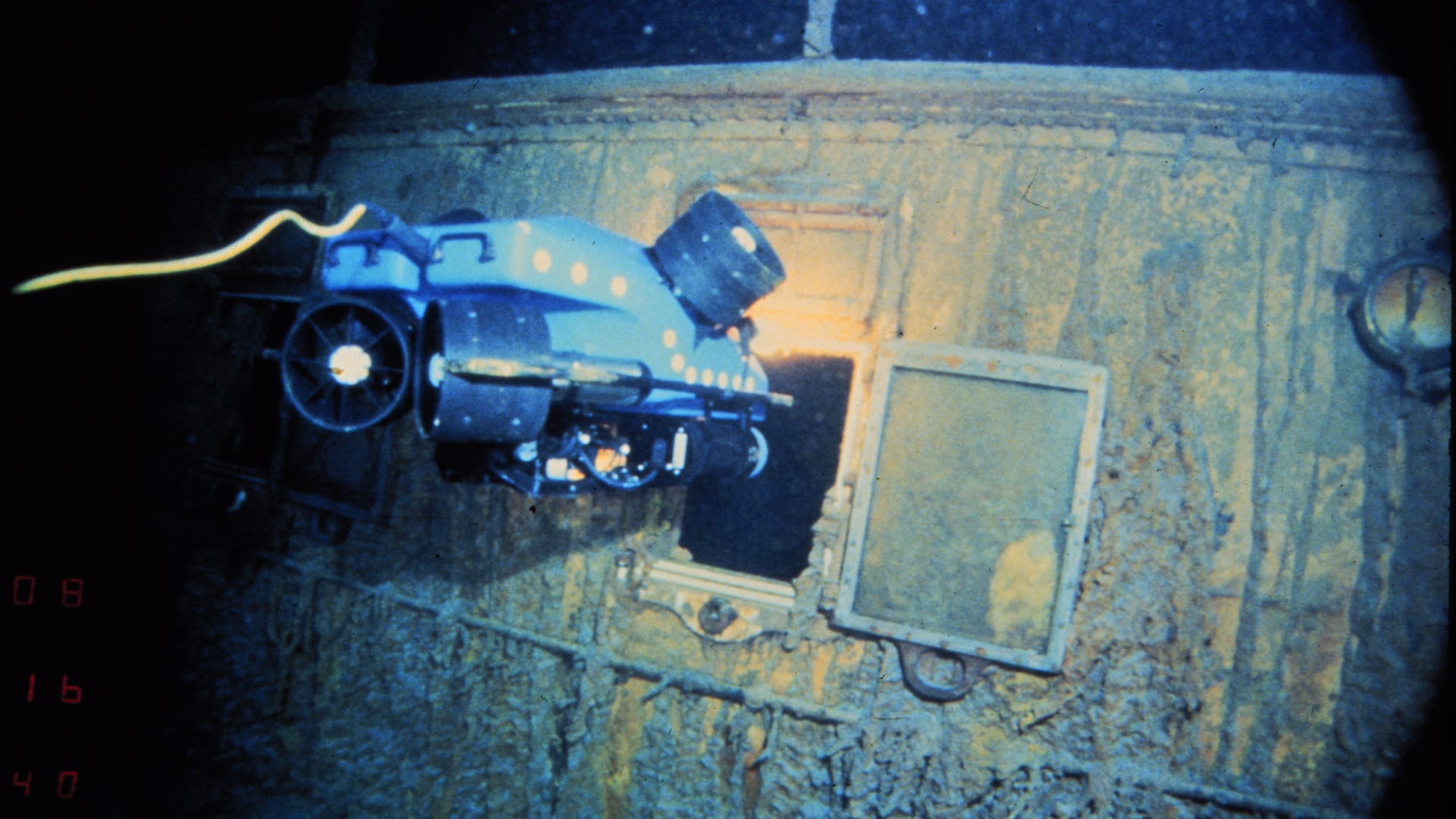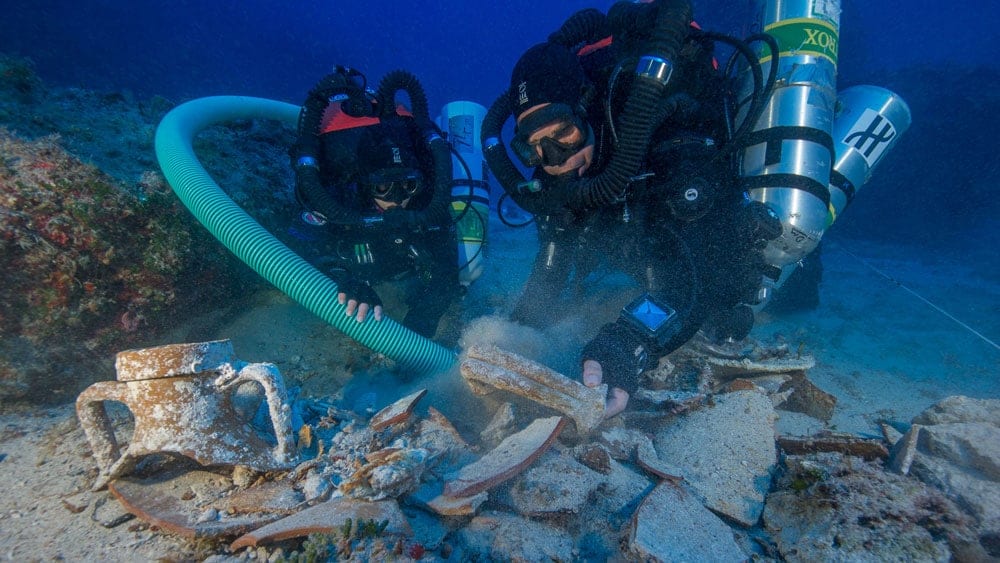Ocean Topic
Seaweed Cultivation
When seaweed removes carbon dioxide from seawater, it alters the balance of carbon dioxide between water and air, causing the gas to move from the atmosphere into the ocean.
Read MoreCoral Stressors
Stressors can affect organisms living on the reef or they can affect the corals, themselves. When corals die, other organisms must relocate or struggle to survive.
Read MoreReef Fish
Fish that inhabit a coral reef play essential roles in the reef ecosystem, and reefs without fish struggle to recover from bleaching or other events that damage the coral.
Read MoreOcean-Based Climate Solutions
Ocean-based, clean energy technologies hold great potential for ocean-based climate solutions, such as blue carbon, biofuels, and carbon dioxide removal systems.
Read MoreNatural Disasters
Our ocean planet is dynamic and constantly changing, sometimes resulting in dramatic threats to humans.
Read MoreCycles
Oceanic cycles — chemical, physical, and biological — are related to cyclic processes in the Earth’s atmosphere, such as the seasons, El Niño events, and long-term climate changes.
Read MoreEcosystems
Ocean ecosystems are found in polar regions, coastal waters, coral reefs, hydrothermal vents, the abyssal plain, and at the bottom of the sea.
Read MoreOcean & Human Lives
The oceans are critical to human life, and ocean scientists are working to investigate the untapped potential of the sea in order to maximize these benefits.
Read MoreFrozen Ocean
The polar regions are experiencing unprecedented environmental changes that have significant potential impacts on global climate, ecosystems, and society.
Read MoreHow the Ocean Works
Although the oceans cover most of Earth, the the tiny sliver of the coastal ocean greatly influences, and is most influenced by, human activity.
Read MoreEmperor Penguins
The emperor penguin is the largest living penguin species standing around 115 centimeters tall. Once they have found a partner, they work together to keep their young fed and safe.
Read MoreOcean Warming
Increasing ocean heat is closely linked to increases in atmospheric greenhouse gas concentrations, making the ocean an excellent indicator of how much Earth is warming.
Read MoreCoastal Restoration & Blue Carbon
Blue carbon refers to atmospheric carbon captured and stored by the ocean, which mitigates the effects of climate change by storing carbon for long periods of time.
Read MoreRight Whales
The North Atlantic right whale (Eubalaena glacialis) is one of the most endangered whales in the world—approximately 340 remain—due to entanglement and ship collisions.
Read MoreExpedition to Stellwagen Bank National Marine Sanctuary
Stellwagen Bank, an underwater plateau off Boston, is a biological hotspot and key fishing ground. It’s a prime whale-watching spot and home to shipwrecks like the Portland, a maritime heritage symbol.
Read MoreWatch What You Eat
Harmful algal blooms can taint seafood with toxins, causing illness or even death. Learn how blooms affect human health through shellfish and fish poisoning.
Read MoreEarthquakes and Seismic Waves
Earthquakes release energy as seismic waves, revealing Earth’s interior and helping locate quake sources to understand tectonic processes and earthquake physics.
Read MoreDating Corals, Knowing the Ocean
Coral is a useful tool for scientists who want to understand changes in past climate, but recalling that history presents its own set of challenges.
Read MoreSeafloor Mining FAQs
Deep-sea mining extracts metals like nickel and cobalt from ocean floors over 200m deep, with potential environmental impacts and global economic effects. Learn more in this FAQ.
Read MoreWho Regulates Seafloor Mining?
The International Seabed Authority regulates deep-sea mining beyond national zones, balancing resource access with environmental protection and global benefits.
Read MoreGroundwater
Groundwater is water that exists underground in the spaces between grains of sand or gravel or in the cracks and fractures in solid rock—part of the global water cycle.
Read MoreUnderwater Archaeology
Wreckage of ships and airplanes underwater are difficult to find, survey, and study.
Read MoreAir France Flight 447
On April 4, 2011, a search team led by the Woods Hole Oceanographic Institution (WHOI) located the wreckage of the Airbus jet some 3,900 meters (nearly 2.5 miles) below the surface of the Atlantic Ocean.
Read MoreAntikythera Shipwreck
The site of the Antikythera Wreck holds the remains of a Greek trading or cargo ship dating from the First Century, BCE. It is located on the east side of the Greek island of Antikythera.
Read More
